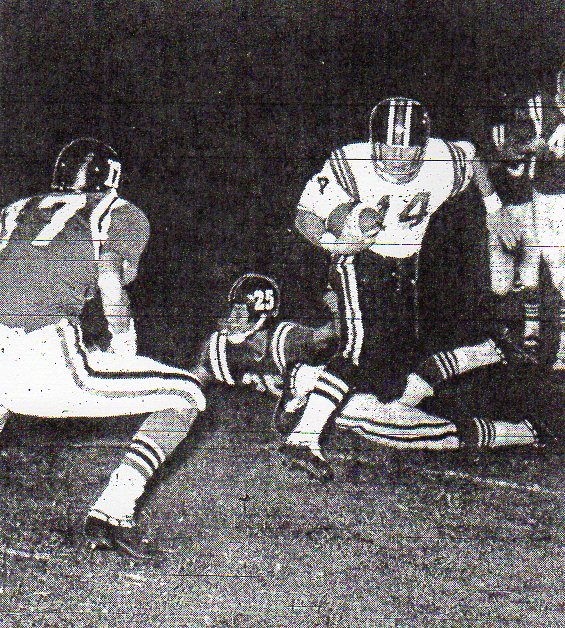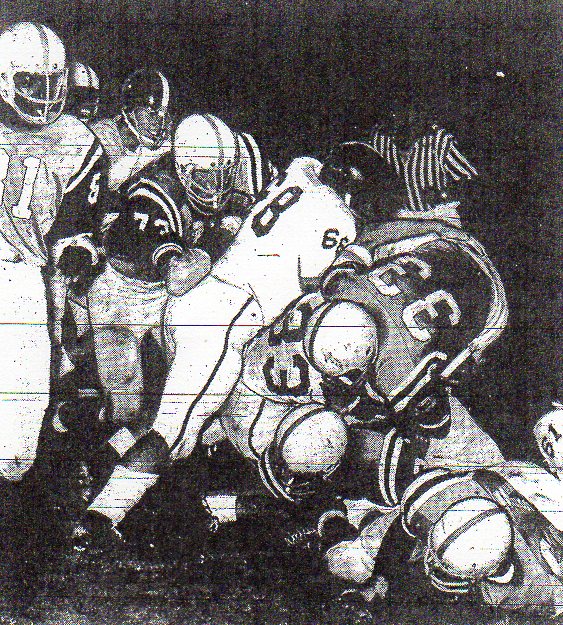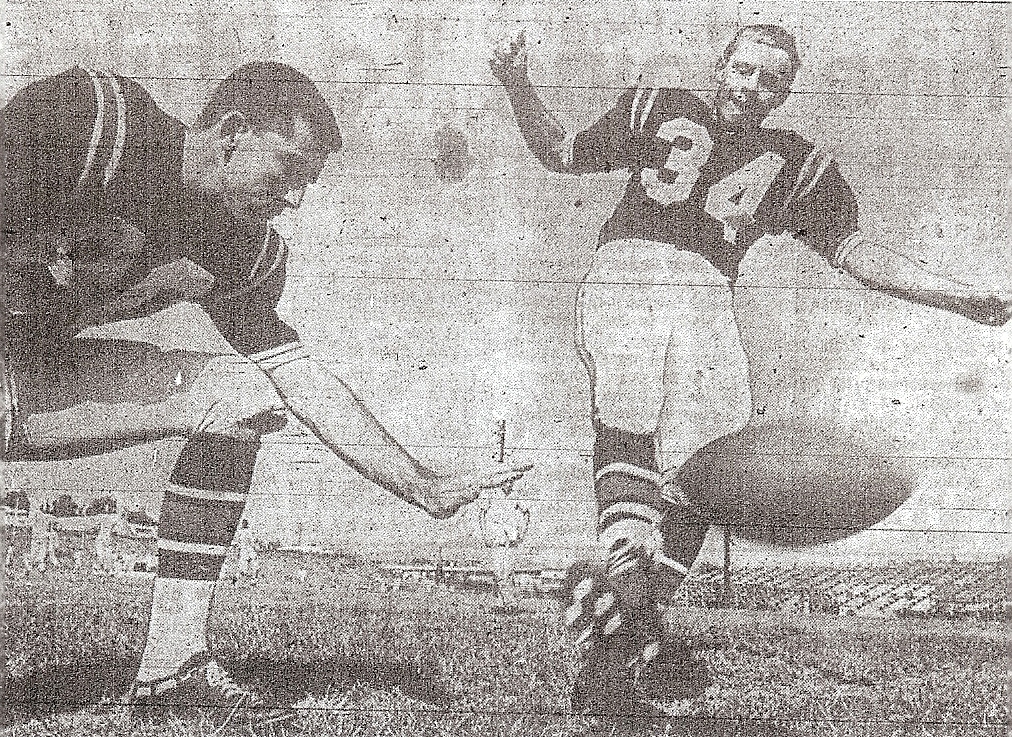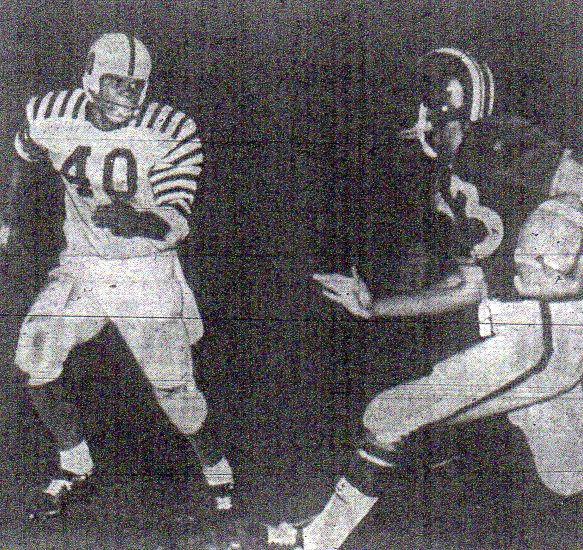1965: Bennie Didn’t need Postseason Relief
Teams with losing records didn’t make the playoffs. Neither did some with winning records, or even the undefeated.
Only league champions were invited.
Four large school and two small school squads would make up the 1965 San Diego Section postseason.
Bennie Edens wasn’t playing “one game at a time.” He was looking a few weeks down the road and he feared some deja vu.
The Point Loma coach wasn’t the first to raise a voice in support of larger postseason brackets, but his may have been the most compelling.
The Bennie did not have 50 or 60 teams in mind, a number that would be routinely reached by the millennium. Edens just rued the possibility of another good season going unrewarded.
The Pointers were 6-3 in 1964 and 4-1 for second place in the Western League but came up postseason empty. This year’s group was unbeaten with two games remaining but could be left out again.
Edens took advantage of a unique forum when he was invited to address the Union-Tribune Quarterback Club at its weekly luncheon in Town and Country Hotel.
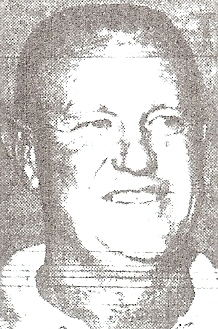
Bennie suggested that each winner from the section’s four major leagues, Eastern, Western, Grossmont, and Metropolitan, and the leagues’ runners-up be slotted into an eight-team bracket.
“It would add one week to the schedule, but it would be worth it,” said Edens.
“Some ties (in the standings) are shaping up…and a good way to resolve the situation would be to have both the first and second-place teams in the playoffs.”
Edens expanded on the subject when interviewed a day later by Wayne Lockwood of The San Diego Union:
“Usually the league finishes are so close that they really aren’t a definite indication of which is the best team,” said Edens.
“Being in the playoffs is important to a school—it creates a lot of pride in the student body—and I’ve never seen a school hurt by going into the playoffs.
“They already take the top two teams in basketball and baseball,” added the Bennie.
The peninsula school sage hadn’t gone all altruistic. He also was looking out for his Pointers.
Two weeks remained in the regular season. Kearny, 2-0-1, was the Western League leader. Clairemont, 2-1, was tied for second with Point Loma, 1-0-2.
Edens’s club could win its last two games, finish with an undefeated league record and overall 6-0-3 but not make the postseason.
KOMETS TAKE HIT
That’s because if Kearny won out, the Komets would be 4-0-1 and in the throne room, possessor of the circuit’s only playoff berth.
The question became academic when Clairemont, under first-year coach Leroy Dotson, upset Birt Slater’s Kearny club, 21-20, and opened the door for Point Loma.
Point Loma finished with a 3-0-2 league record, followed by La Jolla, 3-1-1. Kearny, 2-1-2, tied for third with Clairemont, 3-2. Madison, 1-3-1, and Mission Bay, 0-5, brought up the rear.
Don Clarkson, the executive secretary/commissioner of the San Diego Section, responded to Edens’ comments.
“The principal purpose of forming the San Diego Section in 1960 was to cut down on the length of the playoffs,” Clarkson told Lockwood.
The genial, old-school Clarkson was following the company line that was uttered by administrators and various school board suits in the late 1950s: Football season was too long, playoffs were too long, and we’re going to have more say.
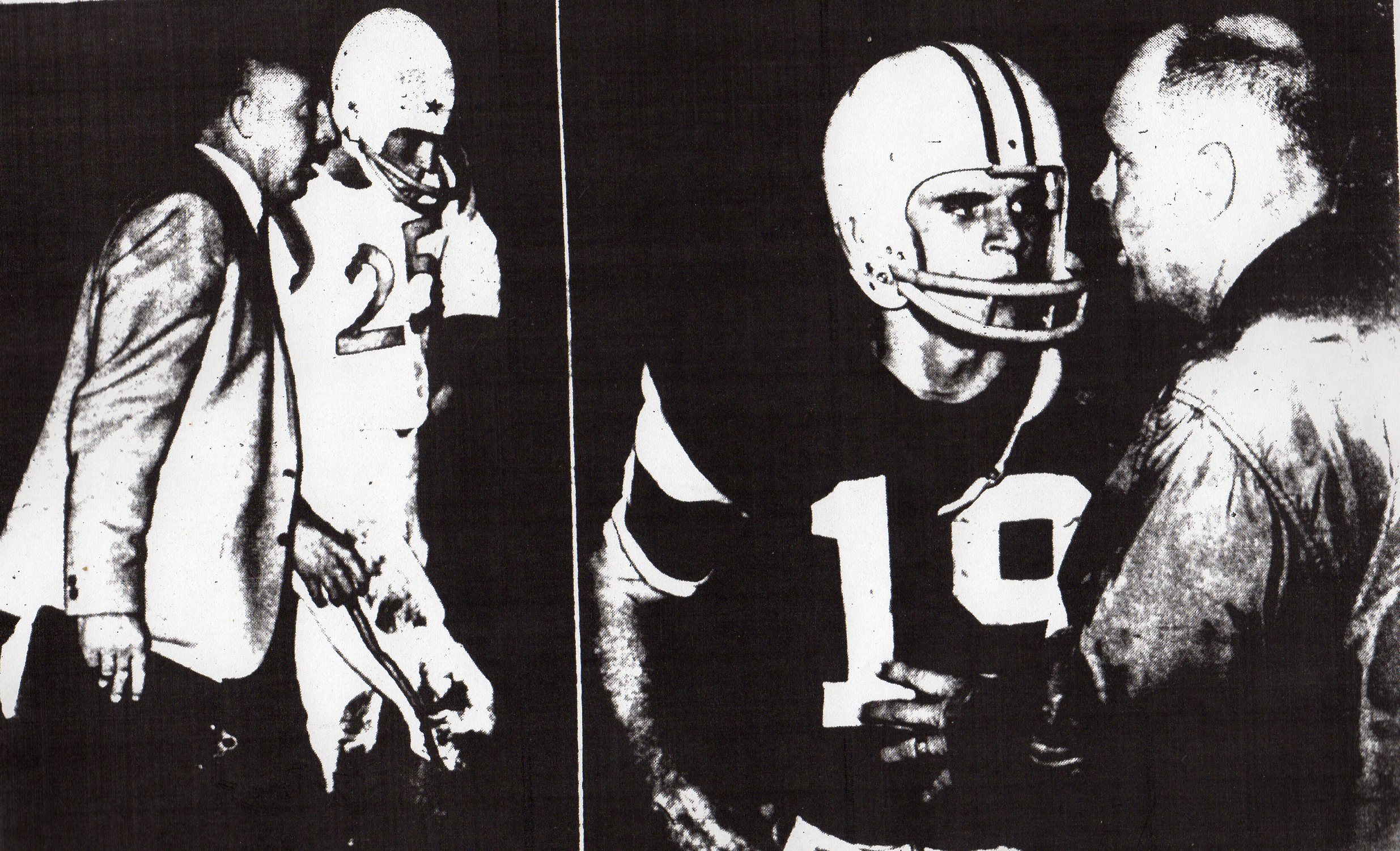
IT’S AN L.A. THING
The real reason for the departure from the Southern Section was because the small-thinking school honchos and their friends in local business leadership didn’t like the idea of San Diego’s being “bossed around” by someone in Los Angeles, in this instance Southern Section commissioner J. Kenneth Fagans.
So the locals took 28 area schools and moved to their own, tiny sand box.
The San Diego Section bosses would go so far as to ridiculously create one champion from the City and one from the County in 1967 and ’68 in order to keep the postseason at two weeks.
The suits finally bowed to media, fans, and coaches’ complaints and added a third week in 1969.
Additional playoff divisions eventually became reality and a fourth week came about in 1986, equaling the number of weeks that had been status quo when San Diego schools were in the Southern Section.
By the turn of the century there was playoff frenzy.
Forty-four of the 76 schools playing football got postseason bids. The number would continue to grow.
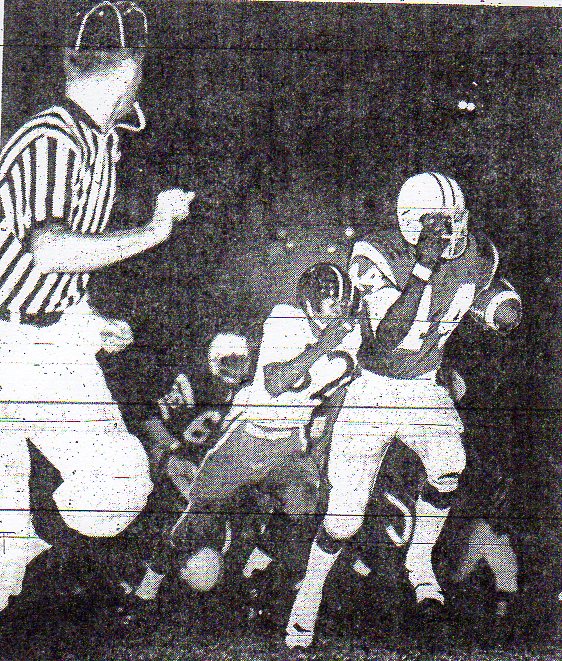
WHAT’S IN A NAME?
Rio Seco High, a new school in Santee, was introduced last year in anticipation of its opening in time for the 1965 football season.
But students and citizens requested that such name be tabled and leaving the school unnamed until others were offered, according to Harlon Bartlett of the Evening Tribune.
Grossmont School District officials waited and met again later in the year.
On the table were “Rio Seco”, “Santee”, “Santana”, and one other.
Santana won.
The school’s title was not intended to pay homage to Carlos Santana, who was 17 and still a few years from making his international mark in rock music.
Or to Pedro Santana, a dictator in Dominica in the mid-19th century.
Nor has there always been agreement on definition of the word.
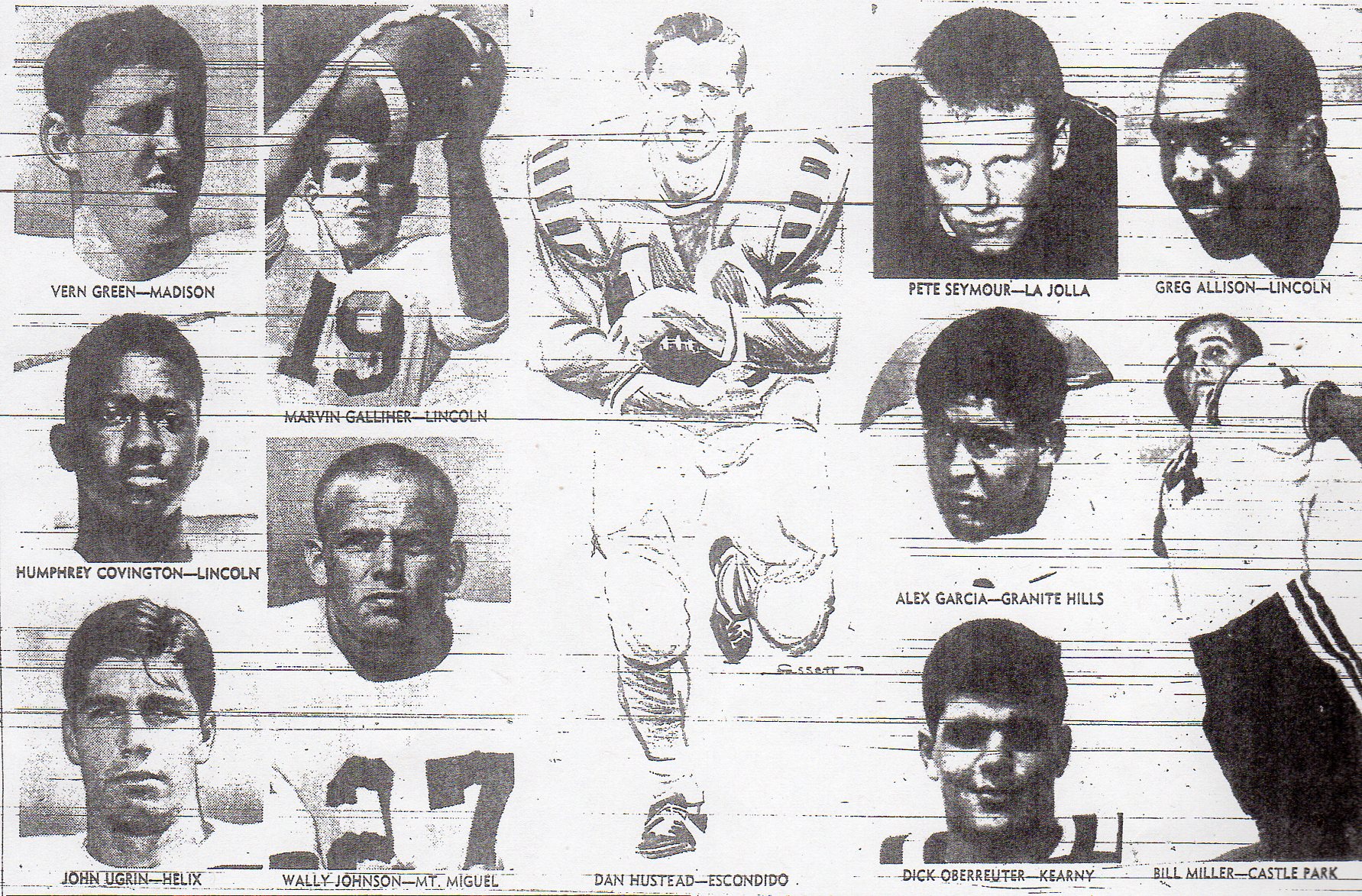
RIVALRY BLOSSOMS
Some say Santana is a derivative of Santa Ana, which also has been known as the “Devil Wind” and a potentially dangerous force of nature in Southern California.
Others say the Spanish word is meant to describe “holy” or “Saint”. It also enjoys popular usage in identifying baby boys and girls.
Santana High, by any name, adopted “Sultans” as its purple, gold, and white mascot, and opened on Mast Blvd., in Santee with 1,200 students in four grades this year.
Coach Gordon Teaby guided the team to two wins and six losses.
Forget the record. Of more import is what took place in the season’s third week.
The Sultans won their first-ever game, 23-13, defeating their immediate archrival, El Capitan, located in Lakeside 4 1/2 miles and maybe 10 minutes away by automobile.
From that beginning, Santana and El Cap played every year until 2014, when a releaguing took place in the Grossmont Valley League. El Cap led the series with 31 victories against 16 losses and two ties through 2013.
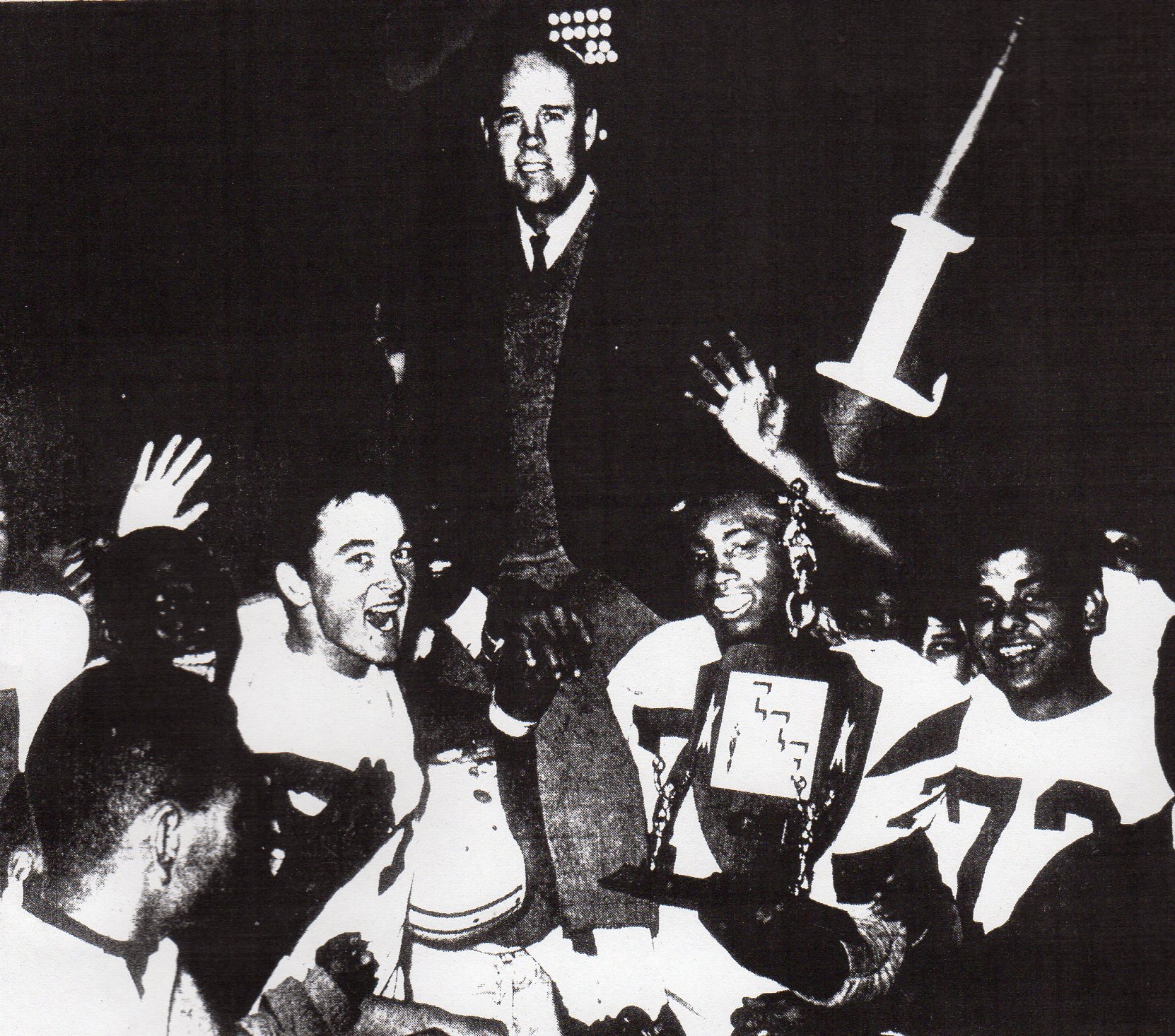
SHAN AND BENNIE
Glib Shan Deniston and dour, less quotable Edens were rival coaches in the San Diego Section finals.
Deniston: “At the start of the season we didn’t think we’d win a game. After we lost the opener (14-12 to University) we were sure of it.”
Edens: “This is a real surprise. We were more or less resigned to a rebuilding season.”
The animated Deniston’s team defeated the reserved Edens’ team, 21-14, before about 12,000 persons in Balboa Stadium.
Point Loma’s conservative and often challenged offense operated behind Bill Settles, a solid quarterback.
Lincoln won its last 10 games, behind a flock of future Division I players, including fullback Humphrey Covington and linebacker James Gunn, bound for USC, and tackle Gregory Allison, headed for Iowa.
“He’s been with me three years and before the Crawford game (in Week 5) I finally decided to let him call all the plays,” Deniston said of quarterback Melvin Jackson. “I told him that way I could blame him if we lost.”
Deniston was kidding, sort of. “We won, 35-6,” said the coach. “Of course, I took all the credit.”
Jackson’s favorite target was future pro baseballer Marvin Galliher, who caught 8 touchdown passes. Galliher manned one receiver position and Phillip Shelley an outstanding, two-way player was the other end.
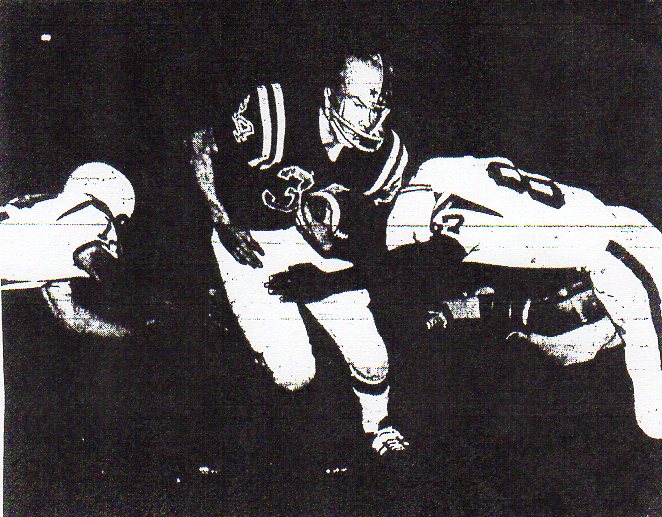
POINTERS HAVE SCENT
Point Loma took a 14-0, second-quarter lead against Lincoln on a four-yard run by John Cervinsky and Settles’ only completed pass, a 67-yard touchdown strike to Roger Wagar.
Lincoln eventually pulled in front in the third quarter as Jackson passed (8×14 for 154 yards) and ran (10-yard, tying touchdown) the Hornets to victory.
REMEMBER THE NAME
Chris Chambliss, a converted end, rushed for 153 yards in 22 carries as Oceanside defeated San Dieguito, 21-7, before an overflow turnout of 7,500 Simcox Field for the 1-A title.
Chambliss became better known 11 years later, when his home run won the 1976 American League pennant for the New York Yankees.
Crowds of at least 6,500 were on hand in Aztec Bowl (Point Loma, 20, El Cajon Valley 7) and at Balboa Stadium (Lincoln, 19, Escondido 6) in the playoff semifinals.
CLASSIC REVAMPED
After 16 years, the annual San Diego College Prep All-Star Football Classic was moving from Aztec Bowl.
“We’re laying the groundwork for what should be the largest crowd in the history of the series–twenty thousand,” said Syd Russell, the game’s executive director of the sponsoring Breitbard Athletic Foundation, who added that a crowd that size would be impossible at the 12,000-seat capacity college facility.
Quarters also would be expanded from 12 to 15 minutes and the collegiate-favored two-point conversion would be introduced,
CITY DEFEATS COUNTY
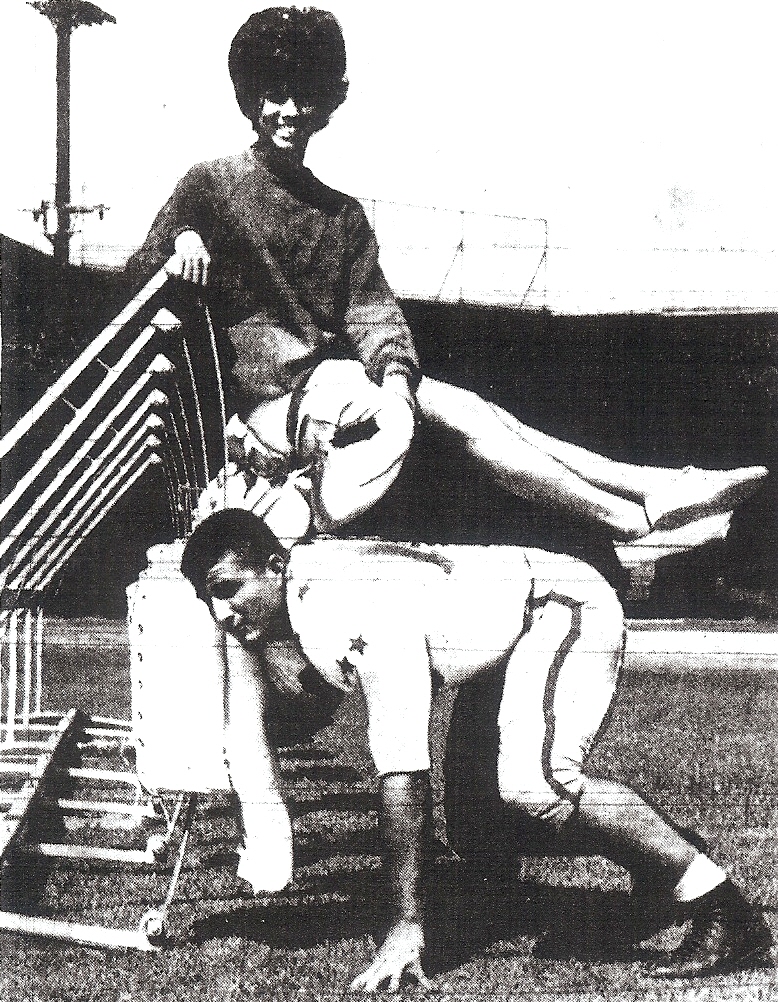
A Balboa Stadium turnout of 12,242 persons watched stars from San Diego city schools defeat a squad picked from County schools, 19-0.
The City, coached by Robert (Bull) Trometter of University High, outgained the suburban team, 335-149, and recorded a second consecutive shutout.
The Breitbard game’s format from 1949-55 matched Southern California stars against players from the Los Angeles City Section. It was L.A. City versus San Diego from 1956-63.
TOUGH MATCHUP
Escondido had Dan Hustead, the player of the year and author of 20 touchdowns, but the Cougars couldn’t get past Lincoln.
“I don’t know how we do it,” said Escondido coach Bob (Chick) Embrey. “We’ve been in the playoffs four years (out of six) and have drawn the best team in the first round every time.”
The champion Cougars defeated San Diego, 19-13, in 1960, beat Hoover, 28-26, in 1962, and lost to champion Kearny, 27-14 in 1963.
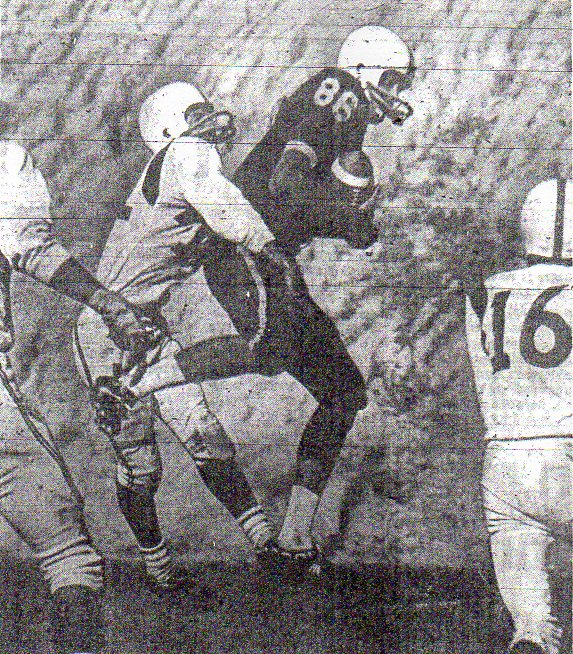
STREAKS
Grossmont’s 1932-34, 23-game winning streak and 24-game unbeaten run was on the line.
Kearny came into the season with 21 straight wins and was a heavy favorite to repeat its Western League and San Diego Section titles.
With quarterback Billy Bolden, the 1964 Section player of the year, and halfback Bobby Johnson on hand plus a healthy list of lettermen, the Komets of coach Birt Slater seemed potentially dynastic.
But Johnson sustained a serious ankle injury in a 25-0 victory over Grossmont that pushed Kearny’s record to 23 straight. He missed three games including the two most important.
The Komets led Morse, 13-0, the following week before the Tigers scored two touchdowns in the final nine minutes for a 13-13 tie.
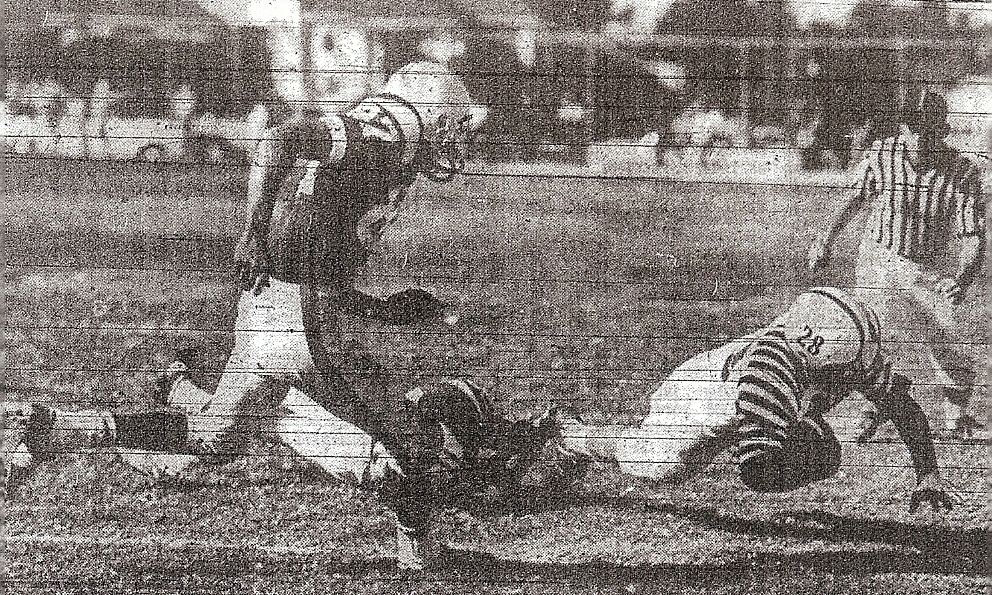
Kearny still could tie Grossmont’s 24-game mark but was beaten, 21-12, by Lincoln the next week. The Komets fumbled on the first play of the game and Phillip Shelley policed the ball and ran 25 yards for a touchdown.
Another tie and two more losses short-circuited the potential dynasty.
STREAKS, CONT.
–Grossmont’s 20-12 win over Helix was its first since 1959 against the Foothillers’ younger, neighborhood brother and eliminated the Highlanders’ from contention.
Helix had won or tied for the title in all four years of the Grossmont League.
–Football continued to be a stranger to Monte Vista, which had not won a league game since it opened in 1961 with the streak now at 31 games.
The Monarchs had ended a 15-game nonleague stretch by defeating Mission Bay, 13-0, in the season opener.
–El Cajon Valley’s 7-0 win over Helix was the Scots’ first loss at home since a 19-0 blanking by Grossmont in the 1959 opener. Helix was 21-0-2 at home since and 9-0-1 all-time versus Valley.
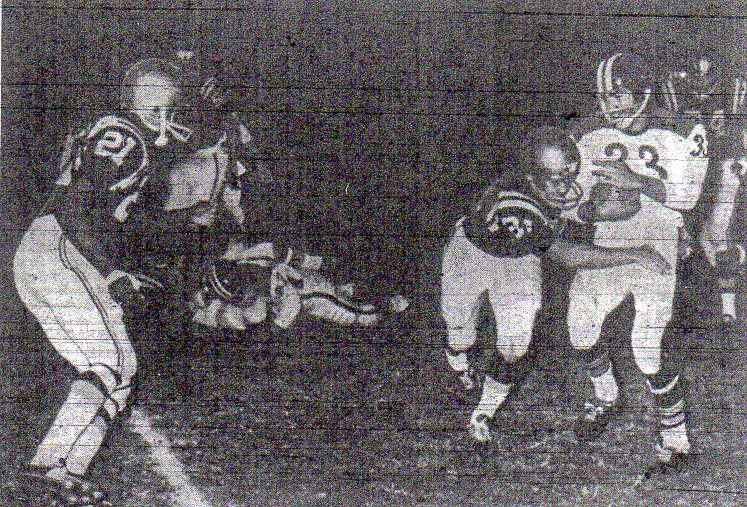
WHAT TO REMEMBER?
For Hilltop’s Ward Lannom it will be his five-touchdown performance in a 53-20 victory over Vista.
Lannom scored on runs of 16, 61, and 6 yards, on a 13-yard pass from Mike Filson, and on a 90-yard kickoff return. He also ran for a point after.
Lannom would rather forget his final game. He was ejected after a sideline scuffle in the Lancers’ 35-6 loss to Castle Park.
LIGHTS, ACTION
Granite Hills opened Valley Stadium, a lighted facility on campus. The stadium drive was led by Dr. George Brown, the Hoover star of the late 1930s; all-America lineman at Navy, and later a standout at San Diego State.
Brown’s son, George III, was a strapping 200-pound junior who would become one of the state’s leading shot putters in track and field and played on Don Coryell’s San Diego State squads.
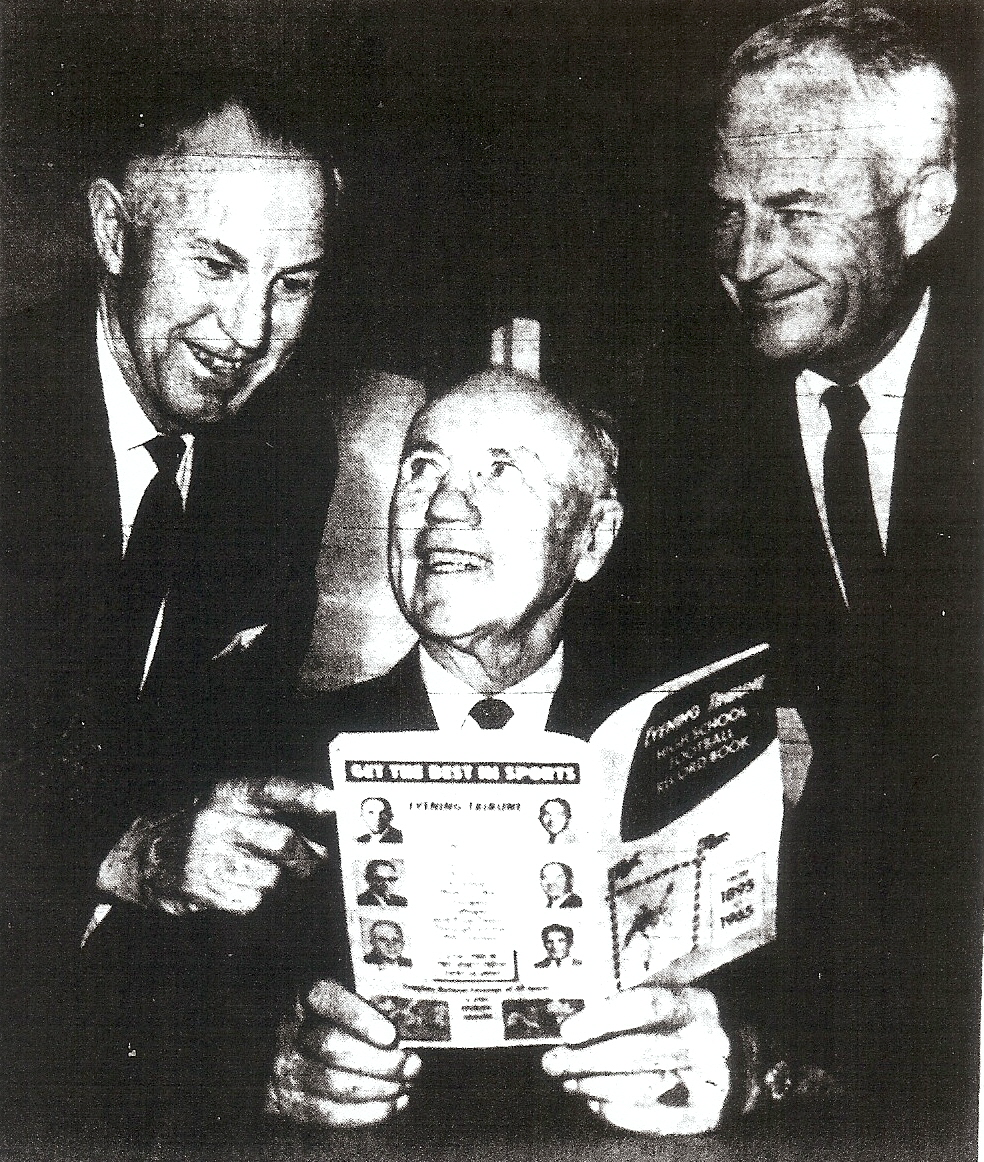
QUICK KICKS—With a big hand from Bud Maloney of The San Diego Union I attempted to research and log the score of every high school game in San Diego County from the beginning in 1895…my newspaper, the Evening Tribune, published the book…Nick Uglesich, 22-13-4 in four seasons at Sweetwater, resigned to become head coach at Anaheim Western (future golfer Tiger Woods’s alma mater years later)…the Red Devils won two Metropolitan League titles under Uglesich, who was taking assistant coach Don George to Western…before Sweetwater, Uglesich was at Huntington Beach…Matt Maslowski, a future Los Angeles Rams receiver from tiny University of San Diego, was out for football at Mission Bay…Gerry Spitler quit at Mission Bay after five games to become a “teacher on special assignment” at San Diego High…Ken Bailey coached the Buccaneers in the final three games…rare coaching candor by Mount Miguel’s Perry Miller, whose team outrushed San Diego, 207-70, in a 14-6 victory: “It could easily have been 35-0”…Hoover lineman Alan (Zeus) Dwyer went on to renown as a professional wrestler and was an owner of South Mission Beach’s renown “Beachcomber” watering hole…University, the defending San Diego Section A champion, was a 20-0 winner over Thermal Coachella, defending Southern Section A champion…Mountain Empire of the Southern Section was eliminated by Claremont-Webb, 34-27, in the first round of the small schools postseason…Morse followed Granite Hills when lights were delivered to its campus facility….
